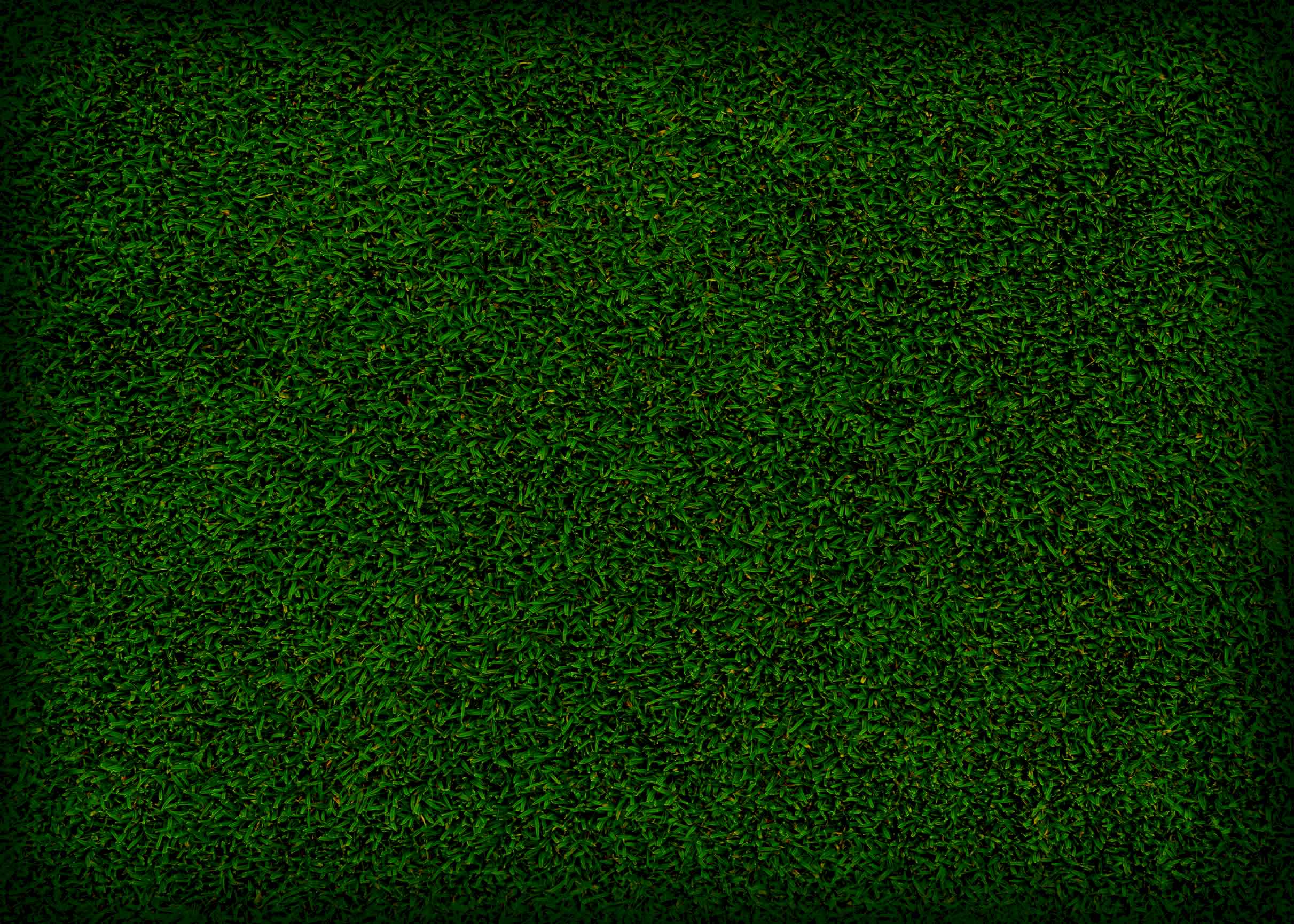The short version:
Chiropractic care helps restore the nervous system and function to joints that are fixated and not moving correctly.
Muscles, joints & ligaments depend upon correct joint movement for peak performance.
The long version:
Most chiropractors do far more than check your spine. Chiropractors are focussed on all aspects of care which includes advice on different treatment options, exercises and education about your optimal health care. Chiropractic takes into account risk factors for future problems to help you prevent dysfunction from developing in the first place.
So the spine – home to our nervous system. A Chiropractor will examine your spine to note any dysfunctional areas which can have a negative effect on your health and wellbeing due to its influence on the nervous system. One of the key principles in chiropractic care is to detect and correct these dysfunctional areas in order to restore the healthy function of the spine and nervous system. This in turn enables the body to function at its optimal potential.
Golf Specific
Many Golfers have for years discovered the benefits of using chiropractic care as part of their performance regime. The best thing is that it is drug free and yet it provides a leading edge in health care.
There are a growing number of studies that have shown that chiropractic care can alter and enhance muscle function in the general population.
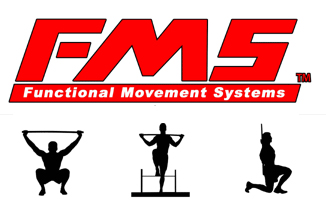 FMS is a specific screening procedure which helps to detect restrictions or asymmetries in movement patterns of the body that are essential to functional movement in individuals with no current pain complaint or known musculoskeletal injury.
FMS is a specific screening procedure which helps to detect restrictions or asymmetries in movement patterns of the body that are essential to functional movement in individuals with no current pain complaint or known musculoskeletal injury.
These movement patterns are designed to discover faulty movement patterns by placing an individual in specific positions where weaknesses and imbalances become visible when the appropriate mobility and motor control (stability) of the body has not been used.
Regardless of which sport we participate in, we tend to focus too much on performance without taking into consideration our bodies mobility and stability condition. If we do not have the correct mobility and stability patterns to allow our bodies to function correctly, then we will always struggle with our performance and skills.
What is FMS?
FMS is a set of movement screens that are used as a grading system which allows us record and examine the movement patterns of the body that are vital for normal function. By screening these patterns, we can detect functional restrictions and asymmetries. These are problems that can effect functional training, physical conditioning and adapt body awareness, which are used to target problems and therefore track progress and help build strength in each individual.
Who is FMS for?
FMS can be applied to anyone and at any level of fitness. The FMS quickly identifies faulty movement patterns so they can be addressed. It identifies specific exercises based on individual FMS scores to instantly create customised treatment plans. It also indicates an individual’s readiness to perform exercise so that realistic goals can be set and achieved.
CERTIFIED EXTREMITIES PRACTITIONER (CCEP)
This is an advanced certification in extremity adjusting education. The concept that the neurological system (spine) must be in balance with the mechanical control system (extremities) is the key approach that an extremities practitioner considers.
Being an expert in extremity adjusting allows Laura to diagnose and treat not only direct extremity issues as a direct result of a poor golf swing and repetitive injuries, but also any spinal problems due to poorly functioning extremities. Your hips, shoulder girdle, arms, wrists, hands, knees, feet, ankles and even rib cage are all considered, mainly using a series of specific muscle tests which helps determine any weaknesses in muscles which may be affecting your pain of complaint.
Laura is trained in the following:
- Advanced principles of TMJ, Ribs & Shoulder Girdle
- Advanced Principles of upper extremity adjusting
- Advanced principles of lower extremity adjusting
- Advanced principles of extremity rehabilitation
- Introduction to principles of foot, gait and orthotics
- Soft tissue methods for the spine and extremities
- Global assessment of the extremities
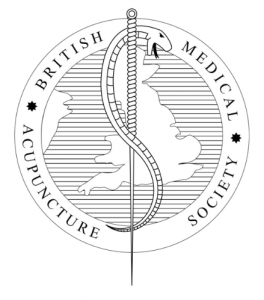
Here at Golf Injury Clinic we often use acupuncture techniques to relieve muscular spasms or tension. Acupuncture is already well known as a sports injury treatment. Yet acupuncture does not simply treat the pain of muscles and joints. It can also reduce inflammation, ease spasm and relax the muscles. It acts mainly by stimulating the nervous system.
Trained in the basics of Western Medical Acupuncture from the British Medical Acupuncture Society. The treatment modality involves the insertion of fine needles into the myofascial trigger point of the muscle looking to produce localised involuntary twitching. This reaction has the effect of fatiguing the tight muscle and producing an immediate reduction or elimination of the tightness. It is an adaptation of Chinese Acupuncture using current knowledge of anatomy, physiology and pathology and the principles of evidence based medicine.

Anatomy Trains is a unique map of the ‘anatomy of connection’ – whole-body fascial and myofascial (soft tissue) linkages. The Anatomy Trains concept joins individual muscles into functional complexes within fascial planes – each with a defined anatomy and ‘meaning’ in human movement.
Anatomy Trains leads to practical strategies to improve stability, coordination and resolve long-standing compensations in postural and movement patterns. Your fascia has long lasting changes in body structure and movement and therefore has an influence on how the body regulates its biomechanics.
The Anatomy Trains process allows the Golf Injury Clinic an understanding of whole-body patterning in posture and function – the interplay of movement and stability when it comes to the golf swing. For example, understanding the ‘Superficial fascial Back Line’ of the body as a whole gives us insights into hamstring problems that you cannot possibly get from considering the hamstrings alone. The ‘Spiral Line’ helps us to try and resolve rotational compensations in a way that no analysis of any single muscle can give.
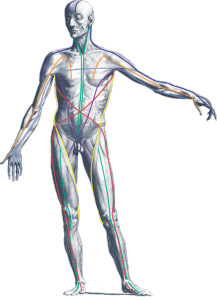
Golf Injury Clinic is Golf Injury Certified
Dr Laura Nuttall DC has completed post-graduate training in the diagnosis and treatment protocols for common golf injuries along with the biomechanics of the golf swing. Golf Injury Clinic is your resource for health and fitness aids to help you feel better and to help you play better.
Golf Injury Clinic is neuromuscular re-education, fitness and conditioning for golf, not a program of golf instruction.
We are not competing with the local PGA teaching professional. It is not the Golf Injury Clinic’s job to teach the golf swing, but to identify the biomechanical movement responsible for a repetitive strain injury. We help to “re-route” your swing path to prevent further injury.
We work along with your golf pro to benefit your performance. Golf Injury Clinic is an expert in the diagnosis and treatment of golf injuries. PGA teaching professionals seek our help and advice with their clients who have pain stemming from postural dysfunction and poor flexibility, working as a team for the benefit of your performance.
It is leading-edge management for golf-related pain and injury.
There are three fundamental causes of golf injuries:
- Poor posture
- Lack of flexibility
- Poor swing mechanic
The root cause of poor body mechanics is often a result of a physical restriction or mechanical dysfunction, which may be alleviated through golf specific chiropractic procedures.
The golf swing requires the spine to rotate, bend laterally and extend. This requires flexibility that is golf-specific.
Golf specific chiropractic is the perfect choice to evaluate, educate, treat, condition and train golfers.
Lack of flexibility can also be addressed by treatment and a prescribed stretching programme specifically designed around each patient’s restrictions.
Chiropractic care is ideally suited to deal with poor posture. Chiropractors have extensive training in the biomechanics of human movement. Golf Injury Clinic can help identify the cause of your pain or postural condition, then treat where appropriate. We use appropriate clinical examination techniques and treatment protocol.
Kinesio Taping
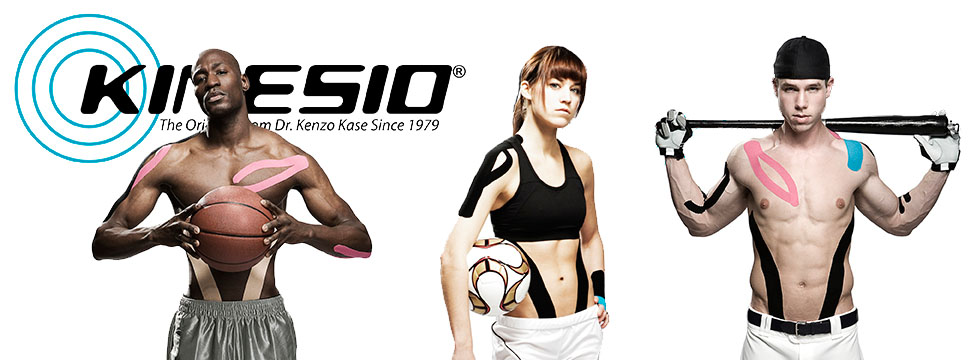
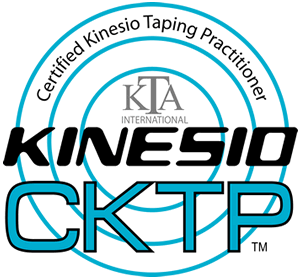
Kinesio Taping Method is designed to facilitate the body’s natural healing process while allowing support and stability to muscles and joints without restricting the body’s range of motion. It is used to successfully treat a variety of orthopedic, neuromuscular, neurological and medical conditions.
Kinesio Tape is specifically applied to the patient based upon their needs after evaluation. The findings of the clinical evaluation or assessment dictate the specifics of the Kinesio Tape application and other possible treatments or modalities. Kinesio Tape can be applied in hundreds of ways and has the ability to re-educate the neuromuscular system, reduce inflammation, prevent injury and promote good circulation and healing, and assist in returning the body to homeostasis.
The Tape:
- 100% made from a gentle cotton fiber strip
- 100% medical grade acrylic adhesive
- 100% latex-free
- Hypoallergenic
- Water-resistant
- Does not limit range of motion
- Multiple day wear time
- Tension on tape has the ability to relax or stimulate muscles
